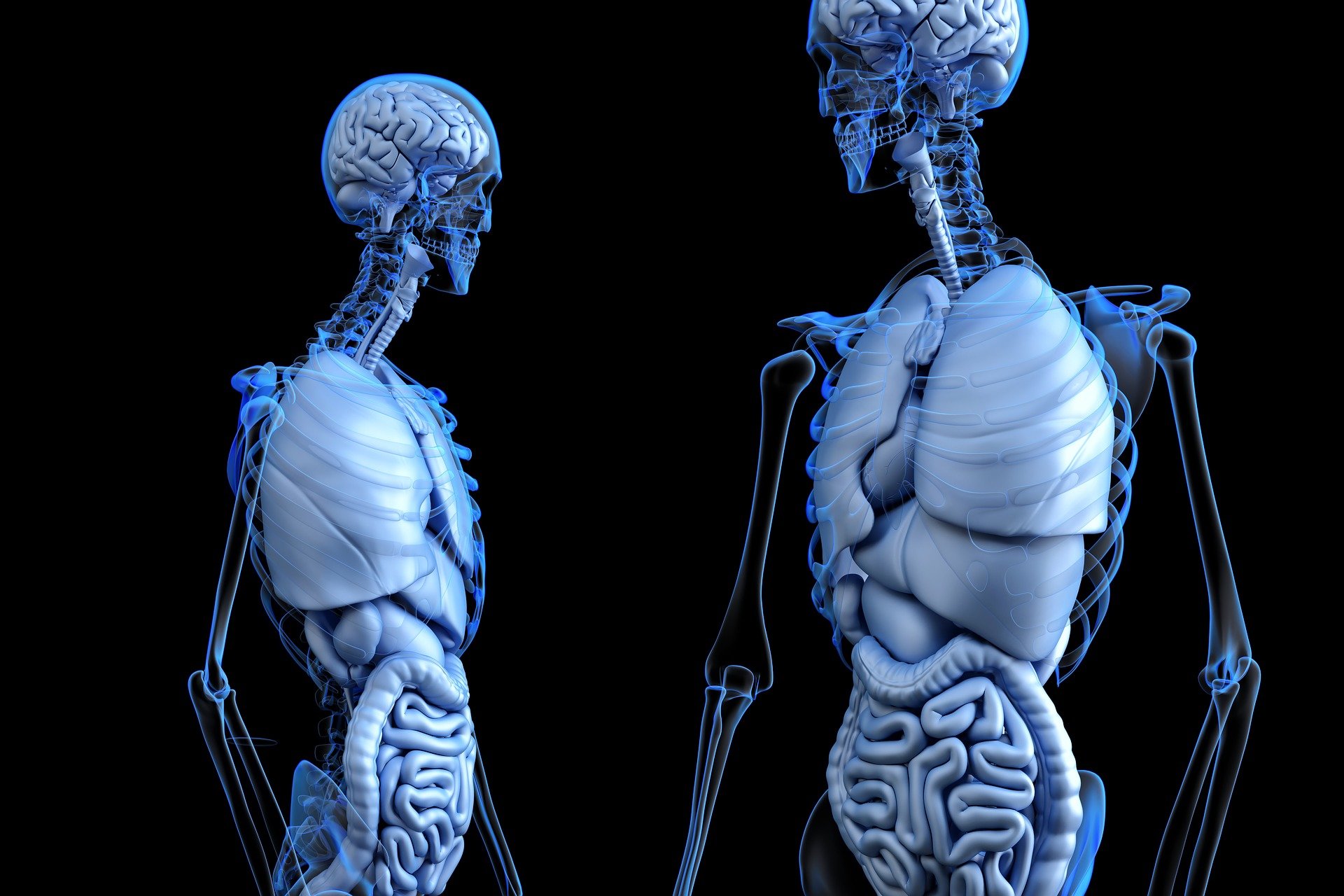
Credits:Image: MIT News; iStock
The growing prevalence of high-speed wireless communication devices, from 5G mobile phones to sensors for autonomous vehicles, is leading to increasingly crowded airwaves. This makes the ability to block interfering signals that can hamper device performance an even more important — and more challenging — problem.
With these and other emerging applications in mind, MIT researchers demonstrated a new millimeter-wave multiple-input-multiple-output (MIMO) wireless receiver architecture that can handle stronger spatial interference than previous designs. MIMO systems have multiple antennas, enabling them to transmit and receive signals from different directions...
Read More








Recent Comments